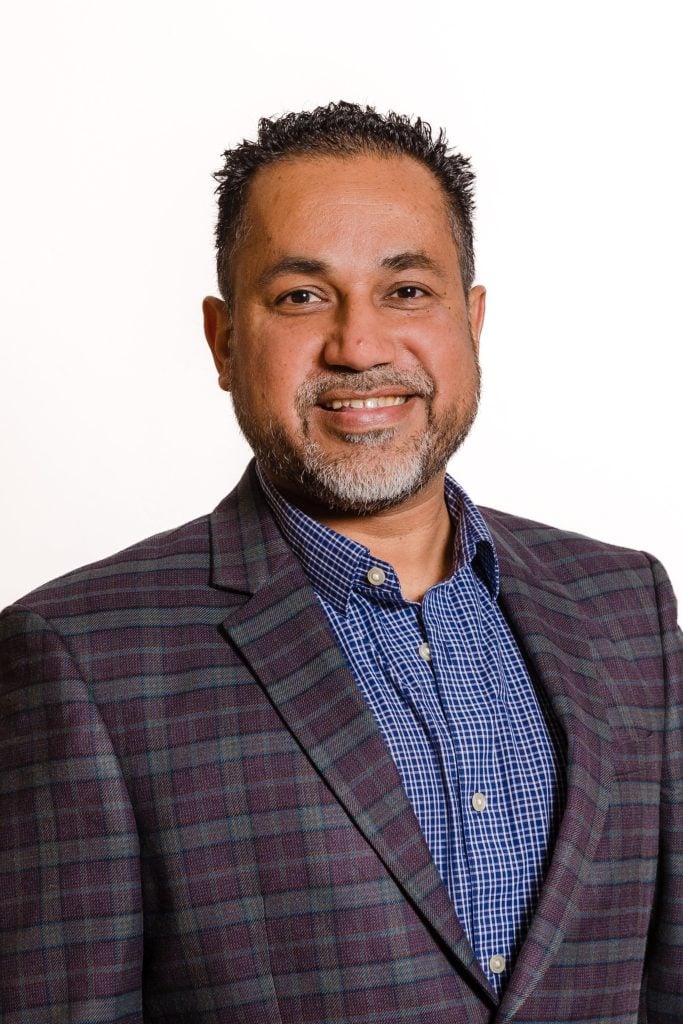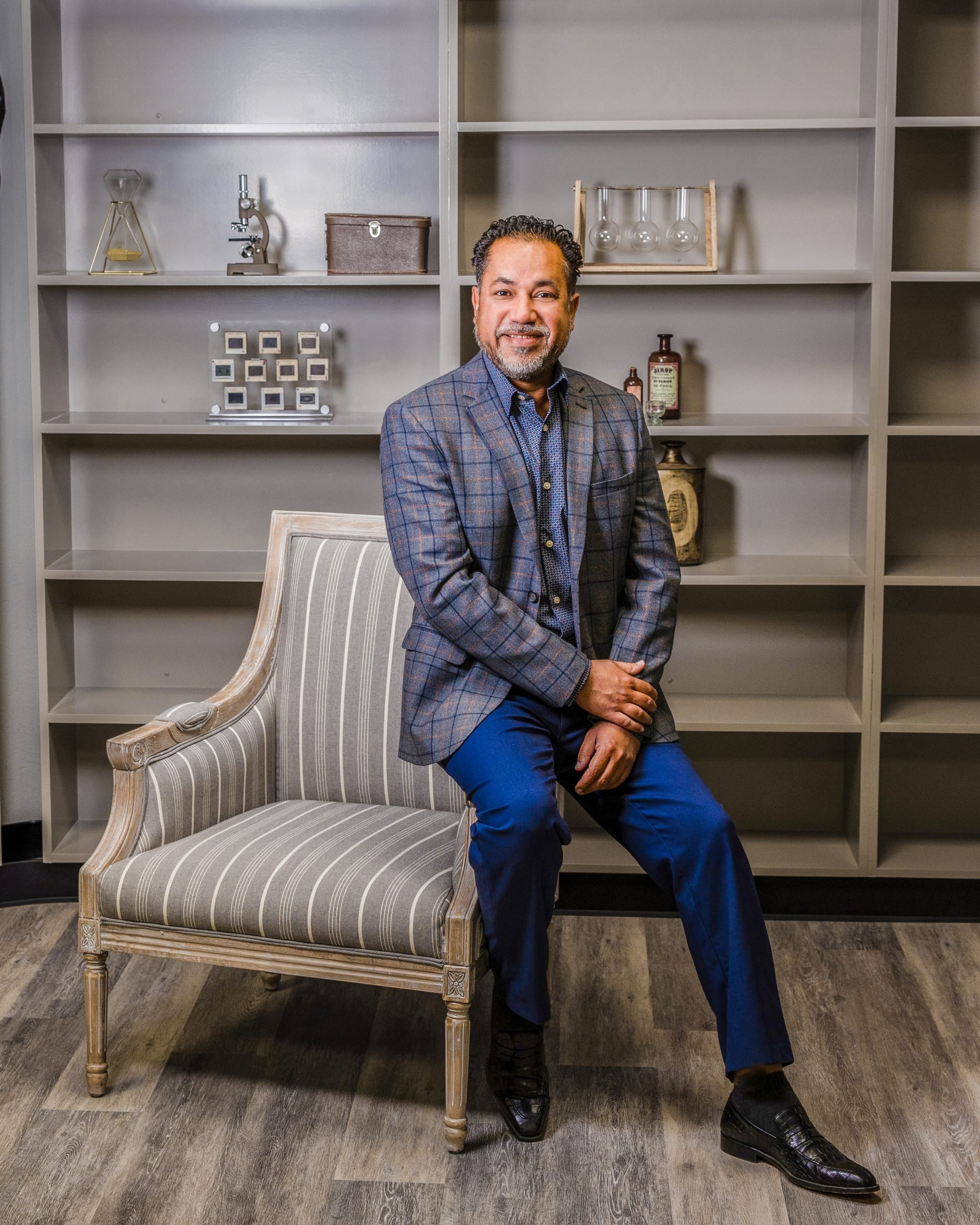Transcranial Magnetic Stimulation (TMS) offers a beacon of hope and a new path forward for individuals struggling with depression, offering an effective therapeutic solution as an emerging transformative option.
Dr. Ankur Bindal at San Diego’s KMG Psychiatry explains that depression is a treatable mental health condition, but standard treatments don’t always work for everyone. TMS, specifically NeuroStar ®, offers a non-invasive alternative that stimulates brain cells linked to depression, anxiety and PTSD.
Brain stimulation can reawaken the connections in the brain, which can provide improvement in depressive episodes. The TMS procedure, in simple terms, uses magnetic fields to wake up sleepy nerve cells in the brain that are linked to depression and PTSD. TMS can start to improve symptoms of depression as soon as one week.
For those who have not found relief from medication or other treatments, TMS therapy offers a promising alternative, providing a non-surgical, non-invasive treatment option that can significantly improve symptoms of depression without the side effects of traditional medications. This can bring a sense of relief and hope not just to the individual but also to their families.
Here’s what to know about TMS:
● During a TMS session, a patient sits in a comfortable chair and remains fully awake as the physician lightly places a small, curved magnetic coil on their head. NeuroStar delivers targeted magnetic energy to stimulate underactive cells in your brain as the individual relaxes.
● While a light-clicking sound throughout the procedure may be heard, TMS is never painful or uncomfortable. On average, the procedure takes between 18 and 37 minutes, though times may vary depending on an individualized treatment plan.
● Most NeuroStar TMS treatments are administered five days a week for approximately five to seven weeks.
● Compared to alternative depression, anxiety and PTSD treatments, TMS has very few side effects.
● Unlike vagus nerve or deep brain stimulation, TMS doesn’t require surgery or an implant. It also doesn’t require anesthesia or cause serious side effects, such as seizures, like electroconvulsive therapy (ECT).
● In contrast to antidepressants, which take about six weeks to start working, many patients report feeling that their mood improved after just a few sessions.
● Unlike medication, patients don’t need to continue TMS after the initial five- to seven-week treatment. While some patients return for maintenance sessions, most people find relief from their symptoms for at least one year after their first treatment.

“By addressing and managing mental health needs, I can help provide hope to many people and families in our community,” says Dr. Bindal. “I believe that by working together, we can truly make a difference, and that difference is a healthy body and a healing mind.”
TMS is changing the treatment landscape. For more information, visit www.kmgpsychiatry.com.
Ankur Bindal, MD, MPH, FAPA, FAASM, is a board-certified psychiatrist and the CEO, founder, and president of KAB Medical Group Inc. in San Diego, Vista and Chula Vista, California. A highly trained physician, Dr. Bindal has more than 16 years of experience in medicine. In addition to holding board certification in psychiatry from the American Board of Psychiatry & Neurology, he is a board-certified sleep medicine practitioner and SAMHSA buprenorphine prescriber.















